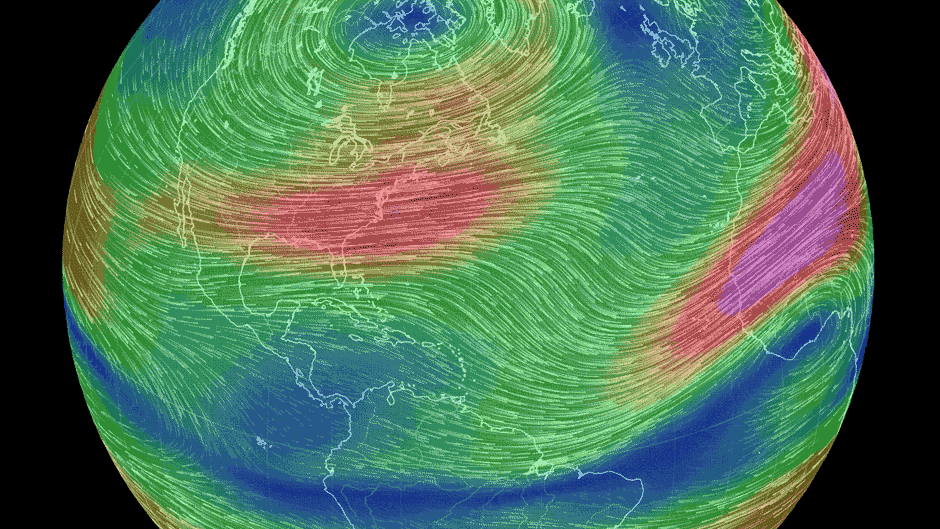Winter is here. Millions of people across the United States are dealing with dangerously low temperatures following a bitter blast of arctic air. The cold is partly due to the recent fracture of the polar vortex which resulted in deadly winter storms across the country. So what does this mean, and how long will this last? News@TheU caught up with Brian McNoldy, senior research associate at the University of Miami’s Rosenstiel School of Marine and Atmospheric Science to find out.
What is the polar vortex?
The polar vortex (also sometimes called the circumpolar vortex) is a large, persistent, upper-atmospheric, cyclonic circulation that forms and exists over the winter pole. There is one encircling the North Pole during the northern hemisphere winter and one encircling the South Pole during the southern hemisphere winter. The polar vortex is perfectly normal, and has been known about for at least 70 years. It is not a winter storm, or a storm of any kind. It's just a natural part of Earth's circulation 10 to 30 miles up in the atmosphere. (By the way, Venus, Mars, Jupiter, and Saturn also have polar vortices.)
What has caused the polar vortex to split?
The polar vortex typically does not maintain a perfect circular shape for months at a time. It wobbles, drifts, strengthens, weakens, and sometimes has a rippled edge or even completely breaks apart into smaller vortices. The cause of forming ripples and/or breaking apart is called "barotropic instability.”
Does climate change come into play?
It might. When the polar vortex is stable and near-circular, it tends to be quite strong and keeps Arctic air bound to the high latitudes. When it weakens or breaks down, Arctic air makes its way toward the equator more easily. A stronger temperature gradient between the mid- and high-latitudes makes a stronger polar vortex. What may very well happen with climate change is that the poles warm more than the mid-latitudes, decreasing that temperature gradient, and weakening the polar vortex, allowing more of these "excursions" to take place.
How will this make an impact to weather patterns, and are there any long term affects?
Although the polar vortex exists at very high altitudes, its boundaries can crudely be thought of "containing" frigid polar air down closer to the surface. When ripples form along the edge of the polar vortex, the dips or troughs in those ripples is where we might look for "action" way down closer to the surface. That action could include Arctic cold fronts and winter storms. Much of the mid-latitude and high-latitude northern hemisphere will experience the effects of it, and it can remain unstable for a couple weeks or more. We're already two weeks into this breakup. In the humps or ridges of those ripples, places can get much warmer-than-average weather for a while. There should not be any long term affects. It could easily reform and be back to normal within a couple weeks.
Why is this a significant weather event? Is this a rare event?
It is significant because it breaks away from the normal conditions and brings more extremes. The "high-amplitude" weather pattern will bring much warmer/cooler temperatures to people around the northern hemisphere, depending on location. It's somewhat rare, meaning that it might only happen once per winter; there was another similar event like this in February of 2018.

